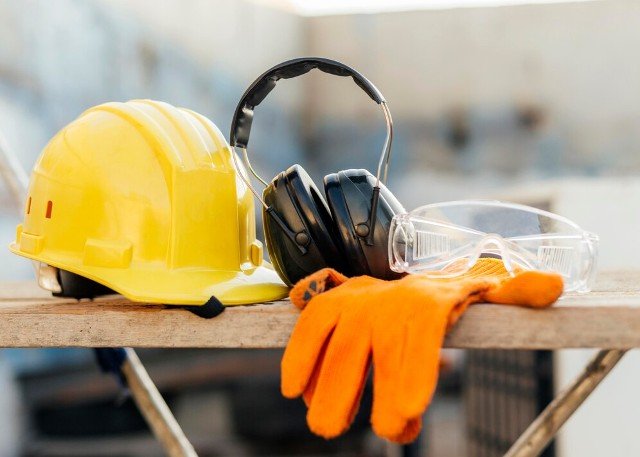Personal protective equipment (PPE) is a vital component of workplace safety in modern businesses. While PPE has always been crucial in various industries to protect workers from potential hazards, its role has evolved significantly in recent years.
This article will explore the importance of PPE in contemporary business environments, its various forms, and its multifaceted benefits beyond addressing health crises.
The Role of PPE in Workplace Safety
PPE encompasses a wide range of protective gear and equipment designed to safeguard workers from various workplace hazards. These hazards can include physical dangers (such as impact, chemical exposure, heat, and even extreme noise levels), so ensuring employees attend a PPE safety talk is essential.
In modern businesses, PPE is no longer limited to high-risk environments; it has become a standard practice across various sectors, including construction, manufacturing, healthcare, and more.
Diverse Forms of PPE
PPE comes in many forms, each tailored to specific workplace risks. Some common types of PPE include the following:
Eye and Face Protection: Safety glasses, goggles, and face shields shield the eyes and face from impacts, sparks, chemicals, and other hazards.
Head Protection: Helmets and hard hats provide protection against falling objects and prevent head injuries.
Hearing Protection: Earplugs and earmuffs reduce exposure to excessive noise levels that could lead to hearing damage.
Respiratory Protection: Respirators and masks safeguard against harmful particles, gases, and fumes that can be inhaled.
Hand and Arm Protection: Gloves, sleeves, and gauntlets offer defense against cuts, burns, and chemical contact.
Foot and Leg Protection: Safety shoes, boots, and leg guards protect against impact, punctures, and electrical hazards.
Body Protection: Coveralls, vests, aprons, and full-body suits shield against various workplace risks, including chemicals, fire, and extreme temperatures.
Benefits of PPE in Modern Businesses
There are several benefits of investing in PPE, including the following:
Worker Safety: The primary purpose of PPE is to protect workers from harm. By providing the necessary protective gear, businesses can significantly reduce the risk of injuries and fatalities.
Legal Compliance: Complying with PPE regulations and standards is not just an ethical choice; it is a legal requirement in many industries. Failure to provide PPE can result in fines and legal repercussions for businesses.
Reduced Costs: Implementing PPE practices can reduce costs associated with workplace injuries, such as medical expenses, workers’ compensation claims, and insurance premiums.
Improved Productivity: When workers feel safe and confident, they are more likely to be productive and efficient in their roles. A safe environment fosters higher morale and job satisfaction.
Risk Mitigation: PPE is a key component of risk management. By identifying potential workplace hazards and providing the necessary protective gear, businesses can significantly reduce the likelihood of accidents and injuries.
Enhanced Reputation: A commitment to safety and the use of appropriate PPE can enhance a business’s reputation. Customers, clients, and employees are more likely to trust and respect a company that prioritizes the well-being of its workforce.
Conclusion
Personal protective equipment has evolved from being a niche safety requirement to becoming a standard practice in modern businesses. Its significance goes beyond addressing immediate health crises and extends to the core values of worker safety, legal compliance, cost reduction, enhanced productivity, and risk management.
As businesses continue to prioritize PPE and maintain a commitment to workplace safety, they not only protect individuals but also promote their own sustainability and growth. In a world where safety is paramount, PPE is an indispensable tool in the arsenal of responsible and forward-thinking businesses.



